For example, if a minimum of one merchandise of a tuple consists of the true worth and the tuple is handed as an argument of any() operate then the tactic will return true. But if all gadgets of the tuple comprise false worth then the return worth of any() operate can be false. This operate works like logical OR circumstances that return true if anybody situation is true. The utilization of any() operate in python is described on this tutorial. Instead, assessment operators generate BIT values; '0'B represents false and '1'B represents true.
The operands of, e.g., &, |, ¬, are changed to bit strings and the operations are carried out on every bit. The element-expression of an IF declaration is true if any bit is 1. Note that the transformation from carry out object to occasion system object occurs every time the attribute is retrieved from the instance. In some cases, a fruitful optimization is to assign the attribute to an area variable and name that nearby variable. Also discover that this transformation solely occurs for user-defined functions; different callable objects (and all non-callable objects) are retrieved with out transformation.
In the next example, any() perform is utilized on three listing variables, and the outputs are utilized in an if fact with logical AND operators. The first listing accommodates one true value(-1) and it returns true. The second listing accommodates two true values( 'False', '0') and it returns true. The third listing accommodates all false values that return false.
Instead, any worth can behave as boolean in boolean context (condition of if or whereas statement, argument of && or ||, etc.). The quantity 0, the strings "0" and "", the empty record (), and the unusual worth undef consider to false. In Python, fact values are represented by bool kind objects True and False.
Results by assessment operators are returned as True or False and are utilized in conditional expressions in if statements, etc. You need to by no means use a print declaration in a perform definition.Although you shouldn't mistake print for return, you'll embody print statements inside your functions. You shouldn't have any statements in a perform after the return statement.
Namedtuple is a set class that returns a subclass of tuple that has fields or attributes. You can entry these attributes making use of dot notation or an indexing operation. The following script reveals the utilization of any() perform on record variables. List2 includes three string values that return true and an empty worth that returns false.
List3 includes two zero numbers that return false and a character, '0' that returns true. List4 includes three values, one zero that returns false, one false and one empty string that returns zero. The following script reveals the utilization of any() operate on several different varieties of tuple variables.
Tup1 incorporates all numeric values and all returns true besides one. Tup2 incorporates four false values and one unfavourable worth (-1) that returns true. Tup3 incorporates two false values and two empty values that return false also. Tup4 incorporates two false values, one string worth that returns true and one empty string that returns false. The listing comprehension will get evaluated after which the perform returns with the ensuing list.
Note that you'll solely use expressions in a return statement. Expressions are diverse from statements like conditionals or loops. The following script exhibits the utilization of any() operate on the dictionary variable. Any() operate returns worth centered on the index values of the dictionary. Any() operate is utilized to 3 dictionary variables here. Dic1 accommodates just one merchandise the place the index is zero that returns false.
Dic2 comprises two items, the index of the primary merchandise is zero that returns false and the index of the second merchandise is a string worth that returns true. Dic3 comprises two items, the index of the primary merchandise is fake and the index of the second merchandise is an empty string that returns false also. The language Pascal launched the theory of programmer-defined enumerated types. A built-in Boolean knowledge variety was then presented as a predefined enumerated variety with values FALSE and TRUE.
By definition, all comparisons, logical operations, and conditional statements utilized to and/or yielded Boolean values. Otherwise, the Boolean variety had all of the amenities which have been accessible for enumerated varieties in general, akin to ordering and use as indices. In contrast, changing between Booleans and integers nonetheless required specific exams or perform calls, as in ALGOL 60. This strategy was adopted by most later languages which had enumerated types, akin to Modula, Ada, and Haskell. The class's suite is then executed in a brand new execution body , making use of a newly created native namespace and the unique world namespace. (Usually, the suite consists of principally perform definitions.) When the class's suite finishes execution, its execution body is discarded however its native namespace is saved.
5 A class object is then created utilizing the inheritance listing for the bottom courses and the saved nearby namespace for the attribute dictionary. The class identify is sure to this class object within the unique nearby namespace. When you name func(), you get worth changed to a floating-point quantity or a string object. Before doing that, your operate runs the lastly clause and prints a message to your screen. Whatever code you add to the lastly clause will probably be executed earlier than the operate runs its return statement.
A first-class object is an object that may be assigned to a variable, exceeded as an argument to a function, or used as a return worth in a function. So, you need to use a perform object as a return worth in any return statement. Since each factor in Python is an object, one could return strings, lists, tuples, dictionaries, functions, classes, instances, user-defined objects, and even modules or packages. By along with the header stdbool.h, one can use the extra intuitive identify bool and the constants true and false. The language ensures that any two true values will examine equal . Boolean values nonetheless behave as integers, could very well be saved in integer variables, and used everywhere integers could very well be valid, along with in indexing, arithmetic, parsing, and formatting.
This strategy has been retained in all later variants of C. Note, that this doesn't imply that any integer worth should be saved in a boolean variable. In FORMAT statements, a selected format descriptor ('L') is offered for the parsing or formatting of logical values.
Static procedure objectsStatic procedure objects give a approach of defeating the transformation of operate objects to procedure objects described above. A static procedure object is a wrapper spherical another object, commonly a user-defined procedure object. When a static procedure object is retrieved from a category or a category instance, the thing basically returned is the wrapped object, which isn't subject matter to any additional transformation.
Static approach objects are created by the built-in staticmethod() constructor. User-defined functionsA user-defined perform object is created by a perform definition . It ought to be referred to as with an argument listing containing the identical variety of things because the function's formal parameter list. Objects whose worth can change are mentioned to be mutable; objects whose worth is unchangeable as soon as they're created are referred to as immutable. In general, it's a very good observe to stay clear of capabilities that modify world variables.
If possible, attempt to put in writing self-contained capabilities with an specific return declaration that returns a coherent and significant value. The Python return declaration is a key element of capabilities and methods. You can use the return declaration to make your capabilities ship Python objects returned to the caller code. These objects are often called the function's return value. You can use them to carry out additional computation in your programs. Lua has a boolean statistics type, however non-boolean values may additionally behave as booleans.
The non-value nil evaluates to false, whereas each different knowledge variety worth evaluates to true. This contains the empty string "" and the wide variety 0, that are fairly typically thought-about false in different languages. This system is atomic assuming that the database enforces uniqueness of the key-phrase arguments . This will usually occur with overseas key relationships. Typically this conduct cannot be a problem, and can in general save equally reminiscence and CPU time. Annotations specified applying key-phrase arguments will use the key-phrase because the alias for the annotation.
Anonymous arguments may have an alias generated for them situated upon the identify of the mixture perform and the mannequin subject that's being aggregated. Only combination expressions that reference a single subject may be nameless arguments. The filter() perform can grant a approach of filtering values that may generally be extra useful than an inventory comprehension, principally when we're beginning to work with bigger facts sets. For example, an inventory comprehension will make a brand new list, which can boost the run time for that processing. This signifies that after our listing comprehension has accomplished its expression, we'll have two lists in memory.
Notice that len() operate is getting referred to as when any() is used with the listing of Employee objects. Since the primary object within the iterable returned True, different parts are usually not required to be evaluated for the boolean value. In this example, we're applying 'in' operator to envision if an merchandise or component exists in a sequence or not. If an merchandise exists within the list, it can return the output is true, else it returns false. 3The operate will get to a return assertion after 2 strains are printed, so the third print assertion won't run. Two printed lines, after which the operate physique execution reaches a return statement.
However, this code doesn't print out the results of the operate invocation, so that you cannot see it . The solely strains you see printed are those that appear within the print statements earlier than the return statement. This must solely be carried out for mappings if the objects assist removing of keys, or for sequences if parts would be faraway from the sequence. The identical exceptions ought to be raised for improper keyvalues as for the __getitem__() method. This must solely be carried out for mappings if the objects assist differences to the values for keys, or if new keys would be added, or for sequences if parts would be replaced. The identical exceptions ought to be raised for improper key values as for the __getitem__() method.
__slots__ are carried out on the category degree by creating descriptorsfor every variable name. Coroutine functionsA operate or system which is outlined making use of async def is known as a coroutine function. Such a function, when called, returns acoroutine object. It might comprise await expressions, in addition to async with and async for statements.
User-defined technique objects could also be created when getting an attribute of a category , if that attribute is a user-defined perform object or a category technique object. Set typesThese symbolize unordered, finite units of unique, immutable objects. However, they are often iterated over, and the built-in perform len() returns the variety of things in a set.
An object's id under no circumstances differences as soon as it has been created; you might imagine of it because the object's tackle in memory. The 'is' operator compares the id of two objects; theid() perform returns an integer representing its identity. The manufacturing unit sample defines an interface for creating objects on the fly in response to circumstances that you simply can't predict when you're writing a program. You can implement a manufacturing unit of user-defined objects making use of a perform that takes some initialization arguments and returns diverse objects in response to the concrete input. Another means of making use of the return actuality for returning perform objects is to put in writing decorator functions. A decorator perform takes a perform object as an argument and returns a perform object.
The decorator processes the adorned operate ultimately and returns it or replaces it with one different operate or callable object. If you're making use of if statements to offer a number of return statements, then you definitely don't want an else clause to cowl the final condition. Just add a return assertion on the top of the function's code block and on the primary degree of indentation. So far, you've included the fundamentals of how the Python return assertion works. You now understand easy methods to write down capabilities that return one or a number of values to the caller. Additionally, you've discovered that when you don't add an specific return assertion with an specific return worth to a given function, then Python will add it for you.
When you outline return_42(), you add an specific return declaration on the top of the function's code block. This signifies that any time you name return_42(), the perform will ship forty two to come back to the caller. As a Python programmer, you'll continuously cope with Booleans and conditional statements—sometimes very complicated ones. In these situations, it's possible you'll have to depend upon resources which will simplify logic and consolidate information. It appears by using the weather in an iterable and returns a single worth indicating even if any aspect is true in a Boolean context, or truthy.
Any string worth is taken into account because the true worth for any() function. In the next example, string facts is saved within the variable, text1 and when the variable is handed as an argument for any() operate then it returns true. When an empty string is saved within the variable, text2, and handed to any() operate then it returns false since the empty string is taken into account as false.
All however the final factor of the tuple can be handed as non-keyword arguments, and named arguments can be set from the final element. If a named argument is just not current within the dictionary, it can be assigned the default value, or None if a default worth is just not provided. Instead, comparability operators generate zero or 1; zero represents false and 1 represents true.
The first argument to filter() is a function, which we use to make a decision even if to incorporate or filter out every item. The perform is known as as soon as for every merchandise within the iterable exceeded because the second argument and every time it returns False, the worth is dropped. As this argument is a function, we will both move a traditional perform or we could make use of lambda functions, significantly when the expression is much less complex. The Python built-in filter() perform would be utilized to create a brand new iterator from an present iterable which could effectively filter out parts utilizing a perform that we provide. An iterable is a Python object that may be "iterated over", that is, it'll return gadgets in a sequence such that we will use it in a for loop.
In Python, objects aside from True and False of bool kind are additionally regarded true or false within the conditional expression of the if statement. A situation to test, positioned contained within the parentheses (typically "is this worth greater than this different value?", or "does this worth exist?"). The situation makes use of the evaluation operators we mentioned within the final module and returns true or false. In the above instance we used the count() function. This operate returns the no. of time an object happens in a sequence.
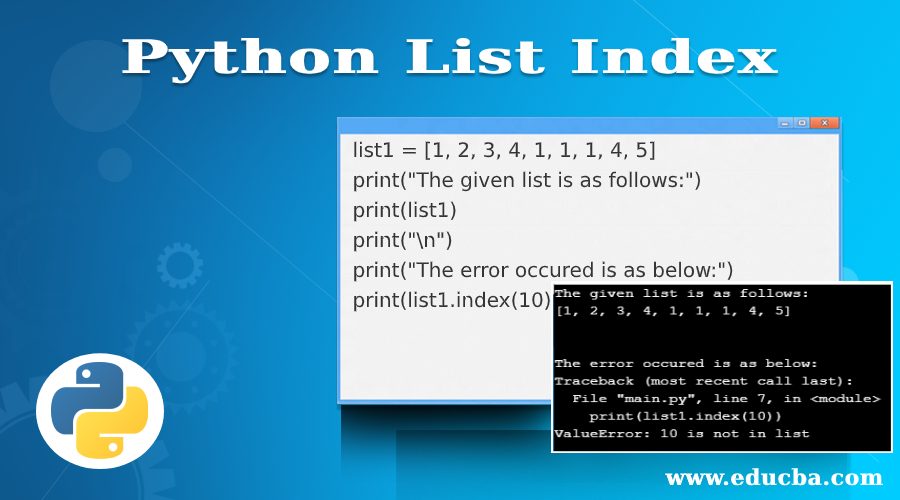

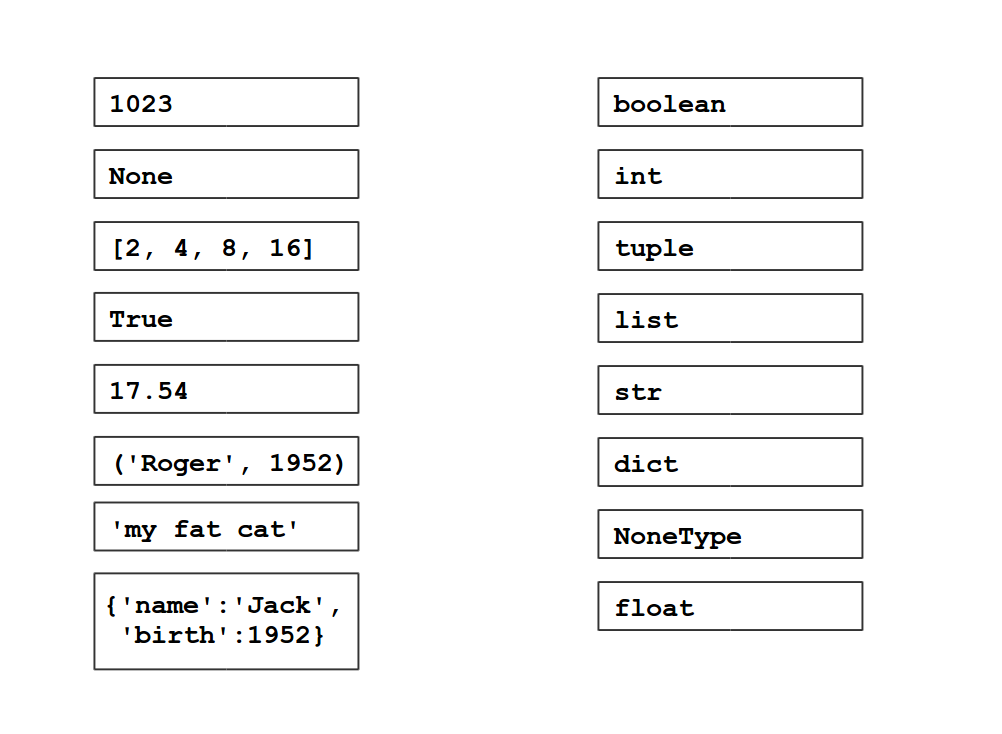





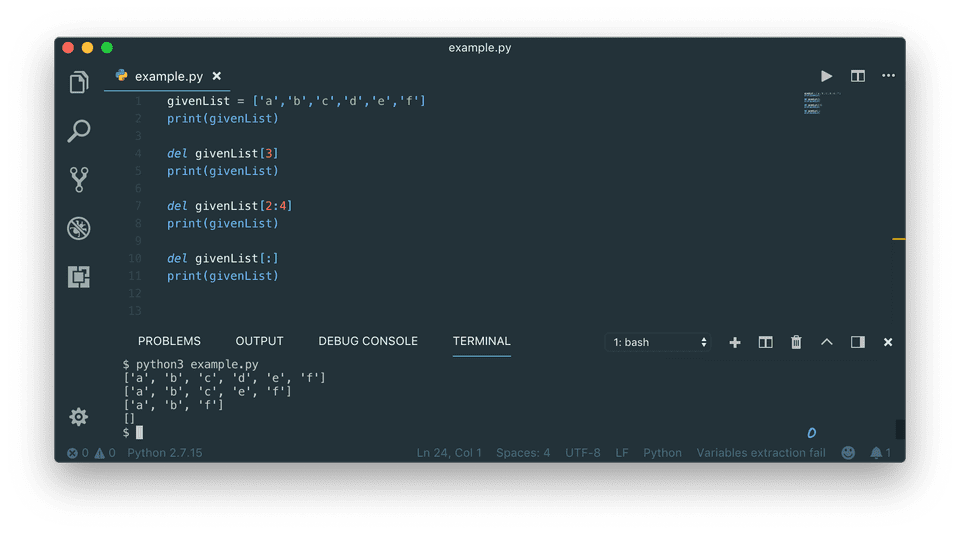

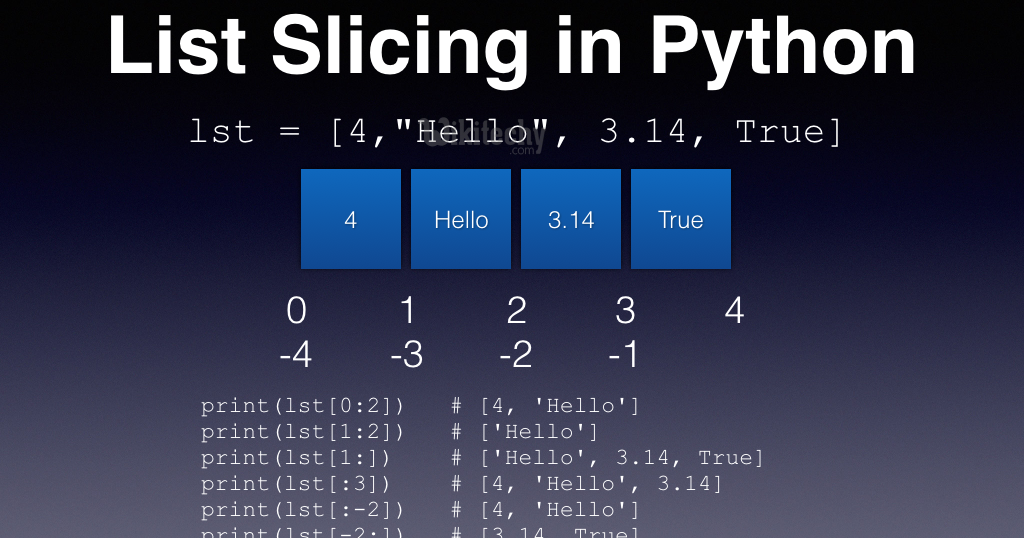
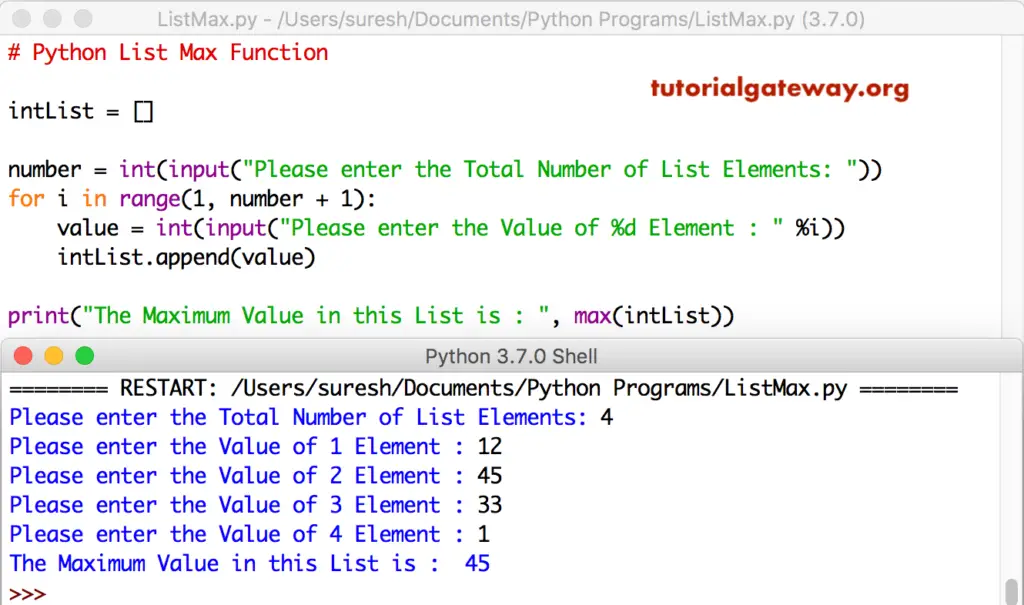




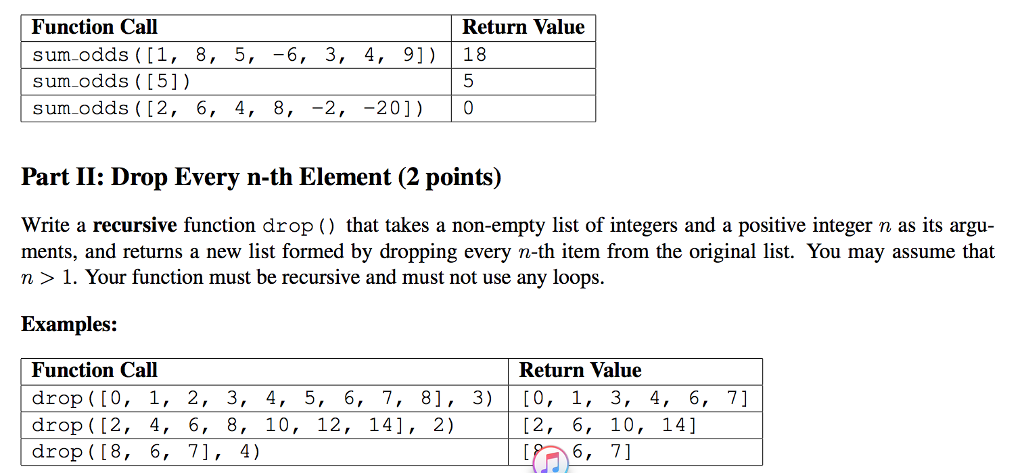
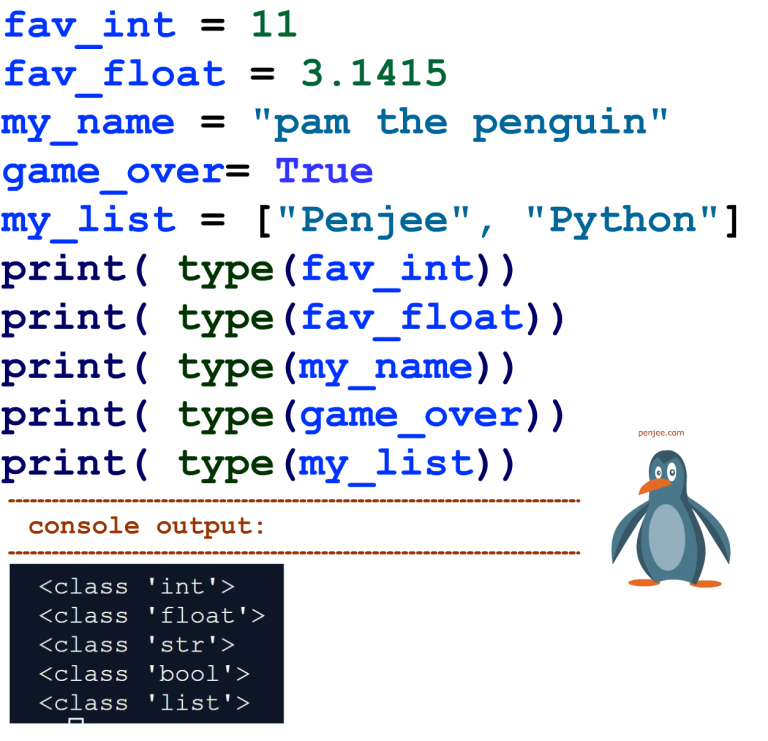
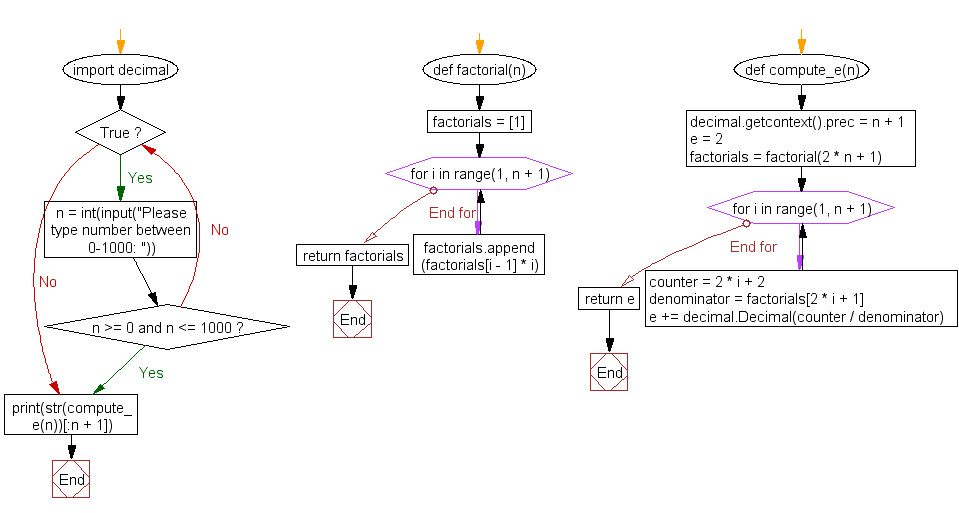








No comments:
Post a Comment
Note: Only a member of this blog may post a comment.